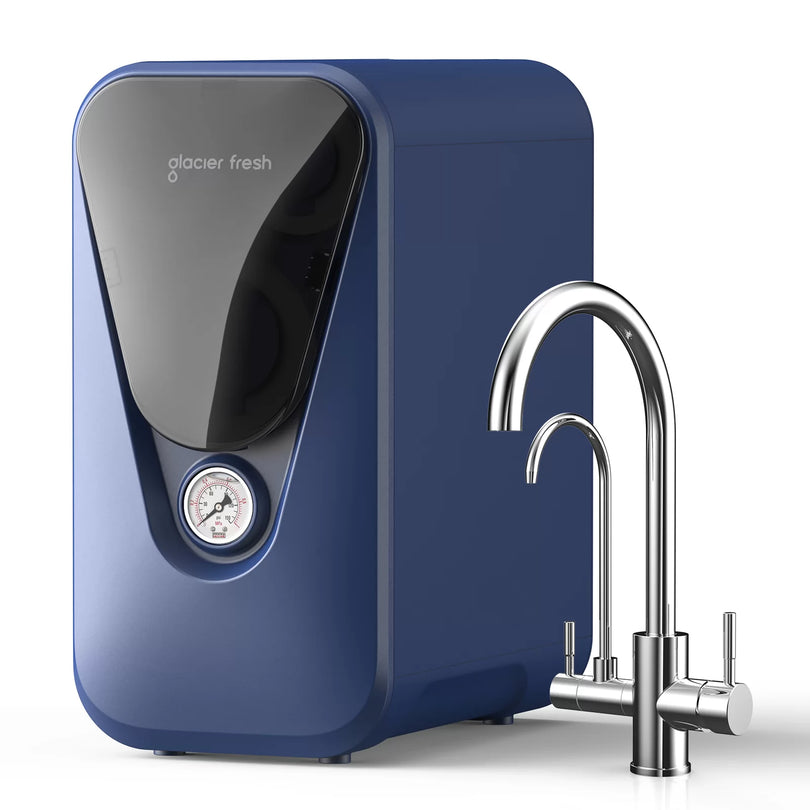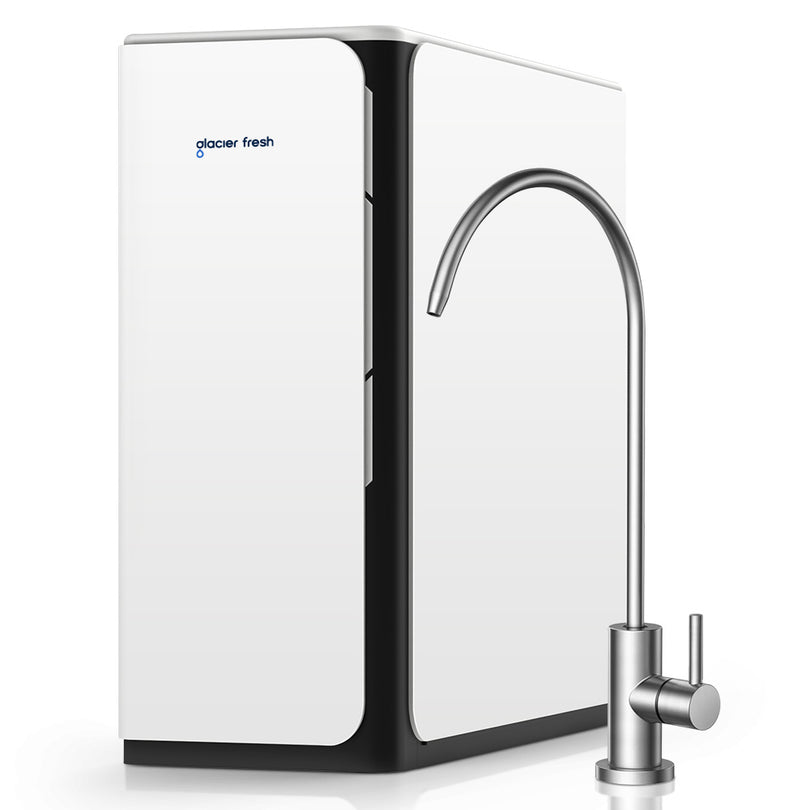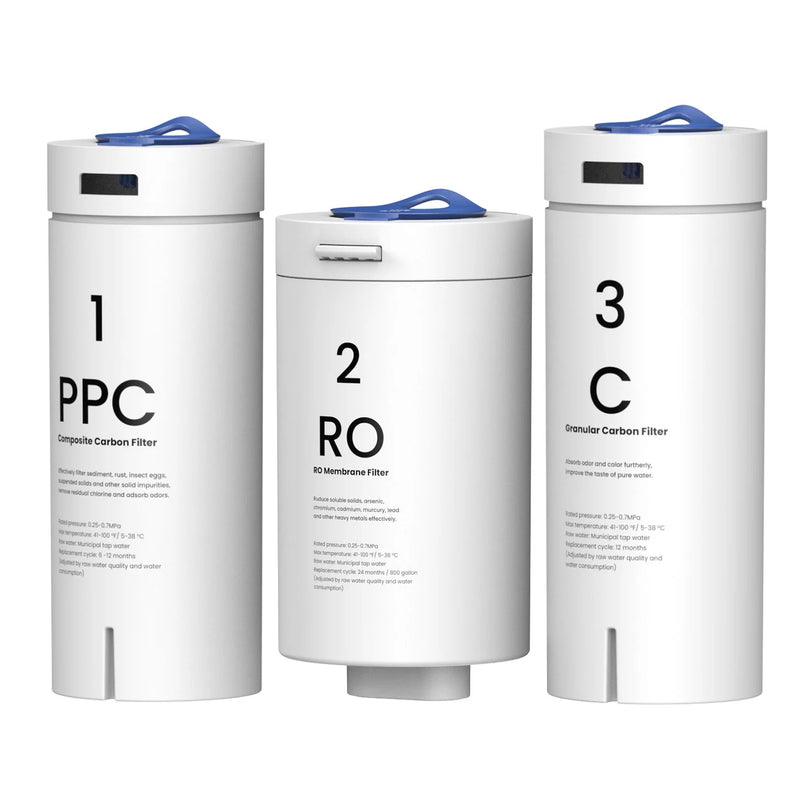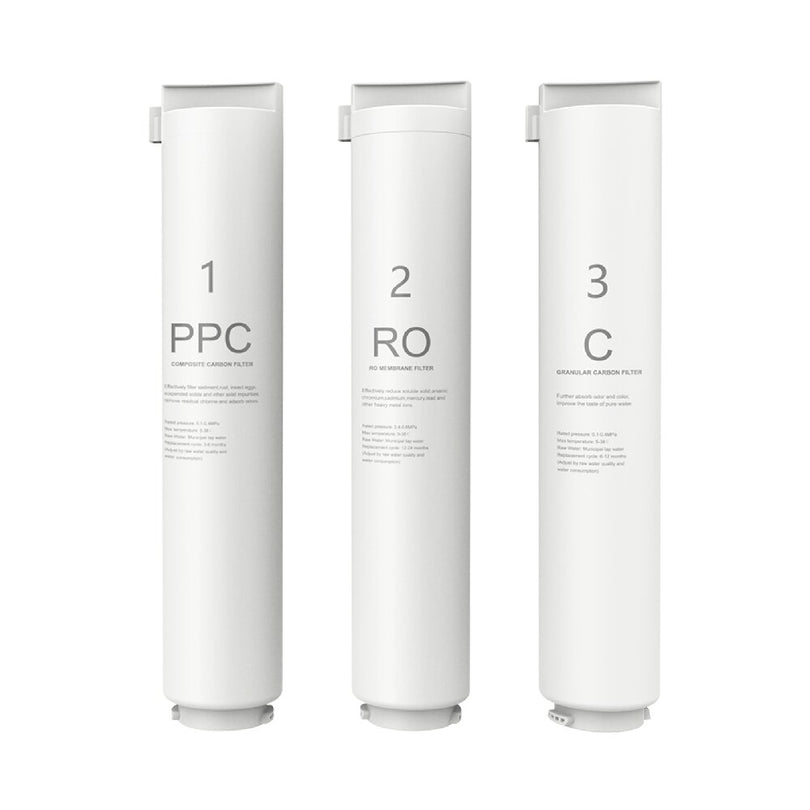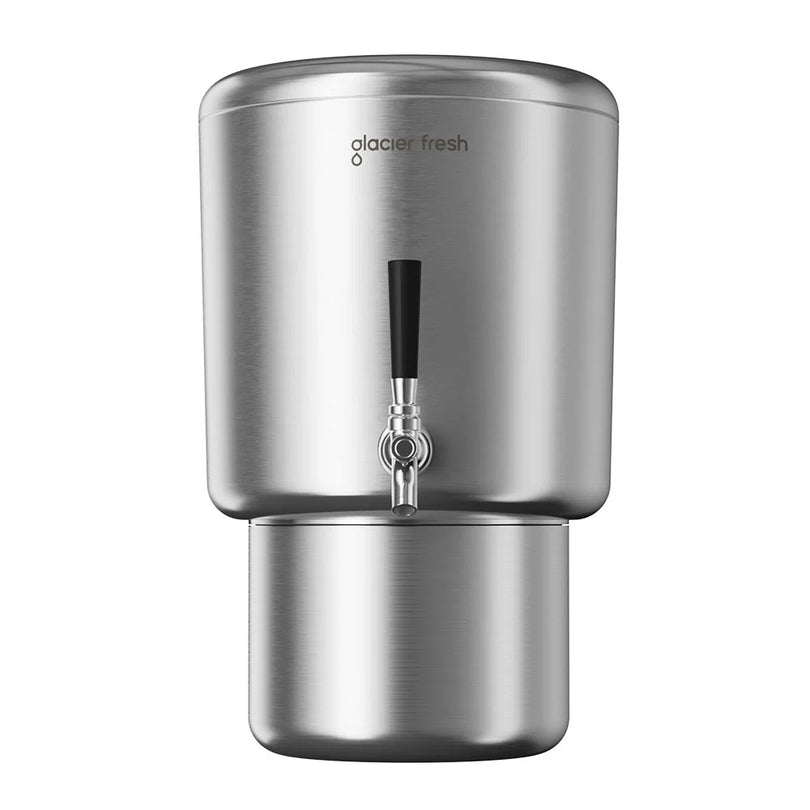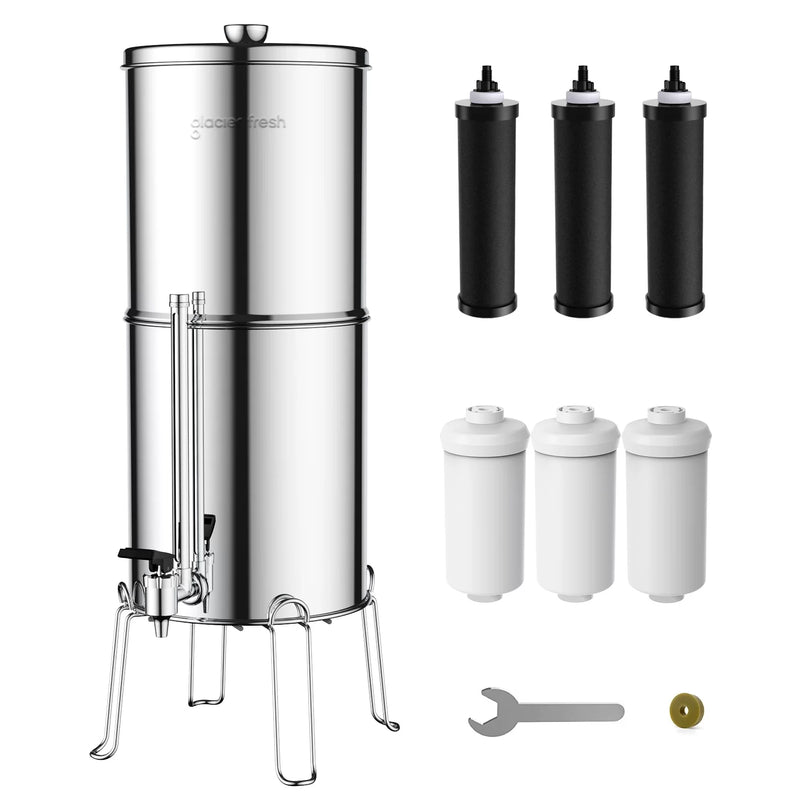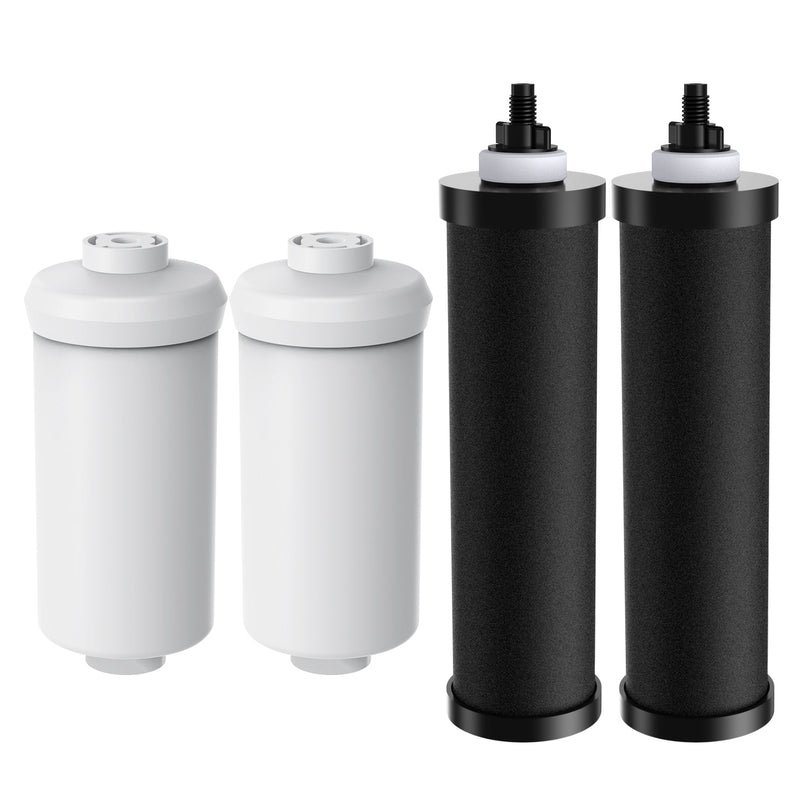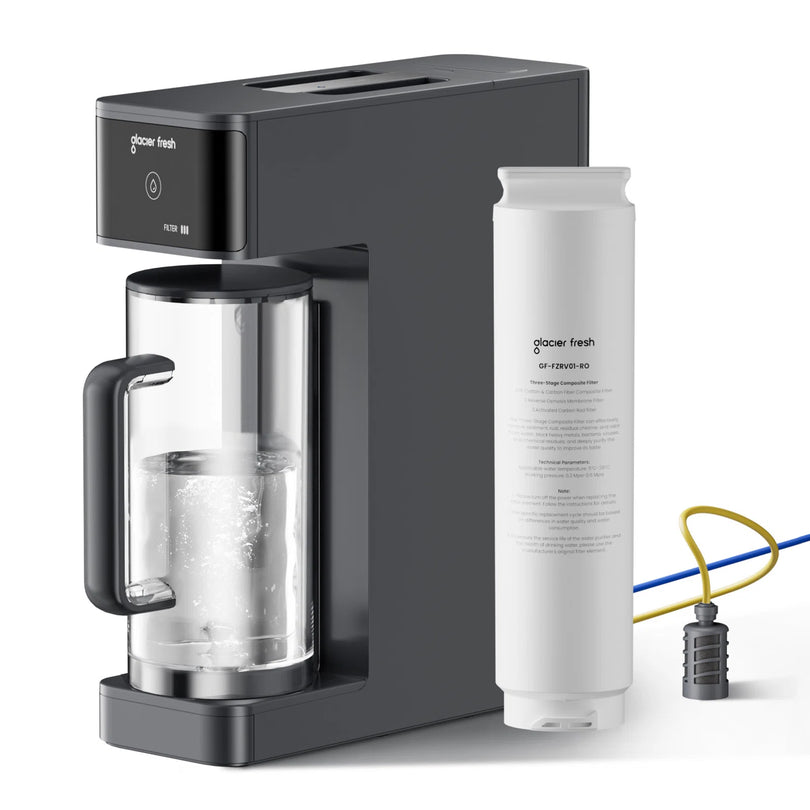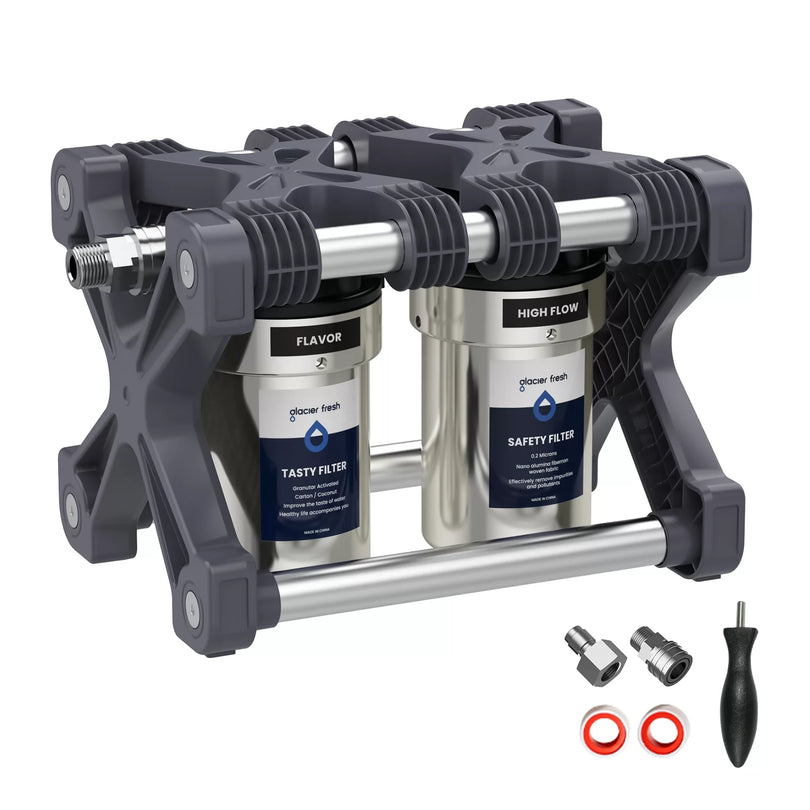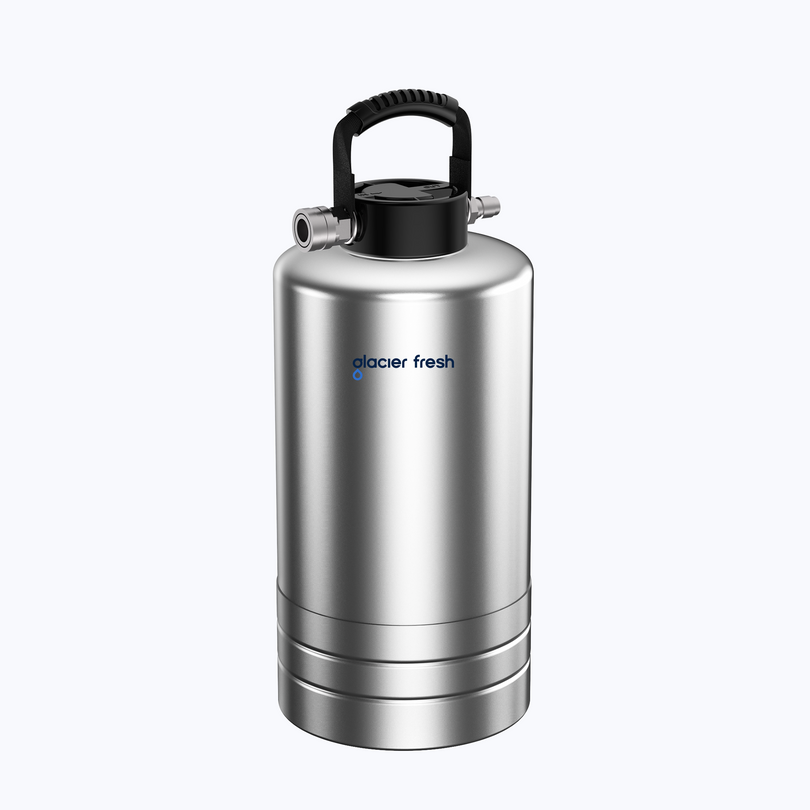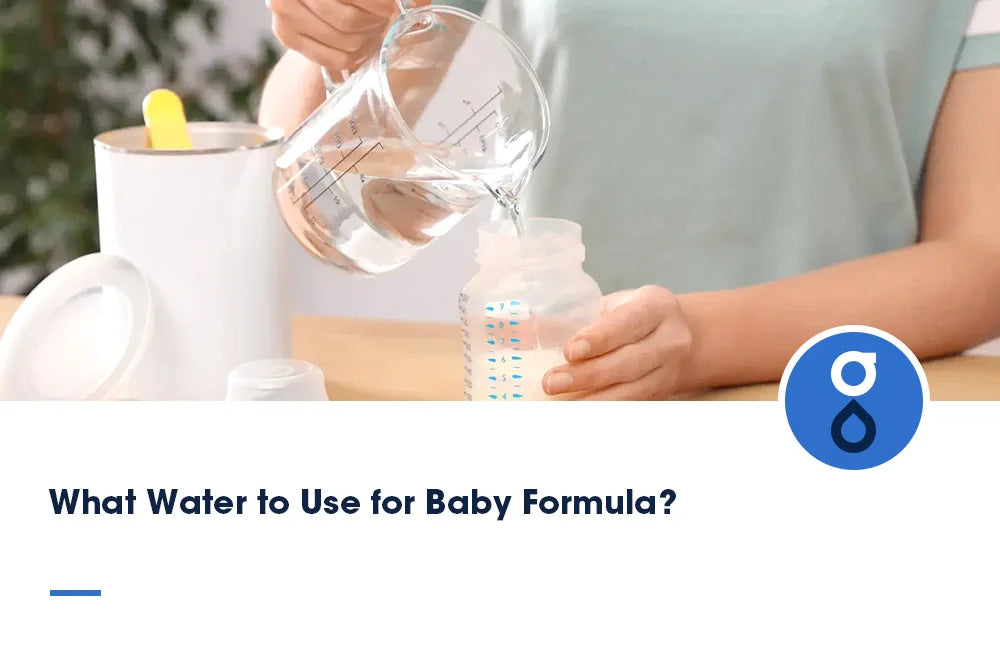Table of Contents:
Why Safe Drinking Water Matters for Kids
Common Water Contaminants Parents Should Know
How to Ensure Safe Drinking Water at Home
How to Choose the Right Water Filter for Your Home
More Tips for Kids on How to Drink Water Safely
FAQs
Conclusion
Clean, secure, and healthy drinking liquid is among the most crucial needs for developing children. Drinking polluted water might have damaging effects on children.
These differ from light stomach pains to severe diseases. Caregivers need to ensure that the fluids their kids consume contain no dangerous toxins or chemicals. This guide will explain the frequent impurities to observe. It will also cover how to keep drinking water safe indoors and outdoors. Plus, it will share water safety tips for kids, ensuring your children are protected.
Why Safe Drinking Water Matters for Kids

Children are usually more prone to sickness from unclean water compared to adults. Their immune defenses are still maturing, so even tiny contamination levels, metals, or germs can damage a child’s wellness for extended periods.
Health Risks: Consuming unsafe water might spark diarrhea. It could also trigger belly cramps, dehydration, or severe problems such as kidney issues.
Growth and Development: Proper hydration aids overall development. It further assists with focus during classes. It also boosts mental growth.
Daily Needs: Children demand extra fluid compared with adults. This is because they are smaller. They must drink more water relative to each kilogram of body size.
Ensuring that everyone secures entry to clean drinking supplies is essential. Encouraging proper growth is just as significant as preventing illness.
Common Water Contaminants Parents Should Know
Before exploring potential solutions, it becomes essential to identify the threats. Some unsafe elements remain unseen. Others, like dirt or cloudiness, are visible. Here are the most common examples:
Bacteria and Viruses: Microbes such as norovirus and E. coli might trigger stomach issues.
Lead: This element appears in outdated pipelines. It can damage a child’s developing brain. It is especially harmful.
Chlorine Byproducts: Chlorine sanitizes supplies. Yet, its leftover elements could harm overall health.
Fluoride: Excess fluoride may harm teeth instead of shielding them.
Nitrates: Commonly located in sources near farming lands. They can restrict oxygen in the bloodstream of infants and small kids.
Understanding what could exist in water allows you to act wisely. Parents can then adopt correct measures to preserve safety.
How to Ensure Safe Drinking Water at Home

Many guardians assume tap water is safe. However, it can become polluted during treatment, in older plumbing systems, or within the residence. Here are several water safety tips for kids to safeguard your children’s drinking supply:
Install a Water Filter in your Home
A good water filter is one of the most significant ways to keep contaminants from your water. Families can get clean water for drinking and cooking from reverse osmosis (RO) systems under sinks. While RO systems are highly effective, parents should also be aware of potential concerns often discussed in Reverse Osmosis Disadvantages: What to Know Before Installing a System?, such as water waste and the need for regular maintenance.
The Glacierfresh U03 Under-Sink RO System is a great option. This process preserves vital minerals while removing bacteria, chlorine, and toxic metals. It ensures children consistently enjoy fresh, clean water at home.
Bring Outdoor Water Filters
Children enjoy spending time outside. That might include family treks, class trips, or camping excursions. But outdoor supplies are not always safe. In such cases, a portable purifier becomes highly necessary.
The GlacierFresh Portable Outdoor Water Purifier System is a wise option for families who wish to travel or explore nature with kids while keeping water safe. It eliminates many harmful impurities in natural sources. It is also simple to transport anywhere.
Boiling Water When Necessary
Boiling destroys viruses plus germs even without a purifier. Still, it remains a short-term answer because it cannot remove toxins like lead.
Regularly Test Water
Families may purchase test kits to identify germs, nitrates, or lead. Testing uncovers hidden threats before they harm children’s health. By practicing these protective measures for children, guardians secure wellness. They also decrease the chances of water-based illnesses. Plus, they encourage lasting positive drinking routines.
Ultimately, every gulp of water a child takes should support growth, strength, and overall health.
How to Choose the Right Water Filter for Your Home
The water filter market is wide, but not all options are equal. When choosing the right one for your family, keep these points in mind:
Filtration Needs: Check whether you want to remove only chlorine taste and odor, or also lead, heavy metals, and bacteria.
Capacity: A filter that gives large families enough clean water every day without having to be refilled often is highly important.
Maintenance: Seek out purifiers offering affordable replacements and simple cartridges to swap.
Certification: Choose NSF or WQA verification. This ensures the unit satisfies strict safety criteria.
What We Suggest
Home Filter Recommendations:
The Glacierfresh U03 Under-Sink RO System. This little filter that goes under the sink and delivers 800 liters of water daily will ensure that kids always drink clean, mineral-rich water. Many parents also ask whether RO water is safe for long-term health. According to discussions like Is Reverse Osmosis (RO) Water Safe and Healthy to Drink?, the answer is generally yes—especially when the system retains essential minerals, as the Glacierfresh U03 does.
It features 5-stage filtration and eliminates 99% bacteria and other metals. Thus, you and your families enjoy clean and safe water. What makes it perfect for kids is its mineral retention technology. Retaining some of the calcium and magnesium enhances the taste of the water, and more importantly, it is crucial for children's growth and development.
Outdoor Filter Recommendation:
The GlacierFresh Portable Outdoor Water Purifier System is the best outdoor filter. It’s excellent for trekking, camping, plus travel journeys. It is light and sturdy enough to clean stream or faucet water in recreational vehicles and outdoor environments.
3-in-1 filter cartridge can remove most harmful substances in outdoor environment water bodies. Its 4-stage filtration is enough to provide tasty and clean water. Easy installation and portable design make it a great companion for an outdoor adventure.
Both alternatives are meant to meet the needs of families every day, whether at home or on the road.
More Tips for Kids on How to Drink Water Safely

Here exist several helpful daily water safety tips for kids that extend beyond installing a purifier:
-
Use BPA-Free Bottles: Keep purified liquid inside secure, BPA-free vessels. This blocks poisons from leaking out.
-
Promote Hydration: Remind children to drink liquid instead of sugary drinks or sodas frequently.
-
Wash Containers Daily: Clean cups and bottles thoroughly each day. Failing to do this could allow microbes to spread.
-
Educate Kids: Explain reasons they must not consume water from unsafe areas. This includes rivers, playground taps, or decorative fountains.
-
Monitor School Water: Ask your child about the school’s water setup. Motivate them to carry a purified bottle to class.
These smaller practices create significant impacts. They help preserve your child’s overall well-being.
FAQs
Is it fine for children to consume packaged water instead of purified water?
Packaged water offers convenience. However, it may become costly and not consistently healthier. Some packaged water is essentially municipal tap water poured into bottles. A household purifier benefits the planet and ensures continuous safety.
How frequently must parents replace the cartridges in their purifier?
Most purifiers require substitution every six to twelve months. This varies depending on usage level and water cleanliness. Always follow instructions from the manufacturer.
Is it always safe for children to drink boiled water?
Boiling eliminates microbes and viruses. Yet, it cannot remove chemical toxins like lead or nitrates. Thus, boiling should serve only as a backup when alternatives are absent.
What makes reverse osmosis (RO) superior to other filtering methods?
RO systems eliminate the broadest spectrum of impurities. These include nitrates plus heavy metals, which are especially harmful for youngsters.
Can outdoor filters really purify lake or stream water effectively?
Yes. High-grade outdoor purifiers such as the GlacierFresh Portable Water Purifier can transform natural sources into safe drinks. They remove germs, toxins, and protozoa.
Conclusion
The first action toward keeping children protected and healthy is safe drinking water. Parents must confirm youngsters remain hydrated both inside and outside. This is critical because children are more likely to suffer from illnesses caused by contaminated water.
The GlacierFresh Portable Outdoor Water Purifier System is excellent for providing outside safety. Meanwhile, the Glacierfresh U03 Under-Sink RO System offers a consistent method to guarantee fresh water daily.
By following these protective methods for children, guardians promote wellness, reduce the risk of water-related diseases, and foster lifelong healthy drinking habits. Finally, every mouthful a child enjoys should promote growth, strength, and happiness.

